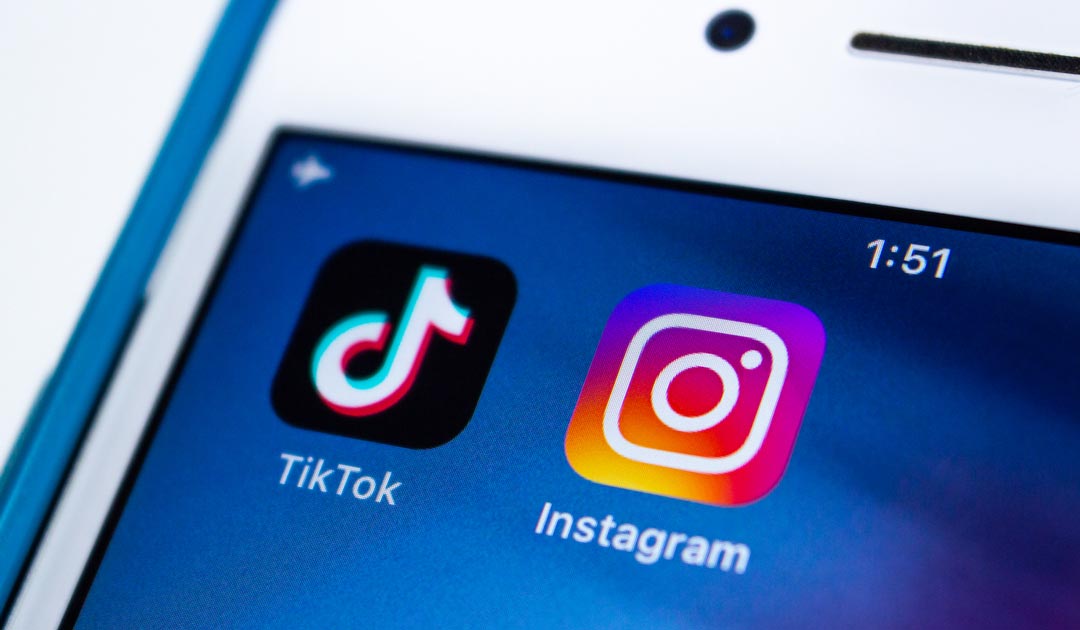
Ever wondered why many African content creators are advised to base their TikTok accounts in the US or the UK? Why do prominent African influencers appear to be managing their Instagram and TikTok profiles from abroad? It’s no coincidence. African creators are often overlooked in terms of monetisation on these platforms—not because of a lack of talent or bias, but because most African countries simply aren’t seen as a lucrative market for advertisers. This answers why TikTok doesn’t pay African creators in most countries with the exception of a few like Morocco, Egypt, and South Africa.
Understanding CPM and How It Impacts Earnings
To grasp the difficulty African creators face, it’s requisite to understand CPM, which stands for “Cost Per Mille,” or how much advertisers pay to reach 1,000 viewers. In the US, CPM is a valuable metric due to the strong online shopping culture, especially among women aged 20 to 40, who are the primary target audience for advertisers.
This group drives high demand in markets like skincare, home decor, fitness supplements, and more, resulting in many expensive ad slots on platforms like Instagram and TikTok.
However, in many African countries, the advertising landscape is markedly different. Advertisers are often smaller businesses like local shops or companies, cutting budgets on traditional advertising channels. Their ads usually emphasise direct communication, often using phrases like ‘DM for price’ or ‘DM to order.’ These businesses allocate far less to digital advertising than their counterparts in the US or Europe, making it harder for platforms to justify higher payouts to African creators on these social media platforms.
The Impact on African Creators and Influencers
As a result, monetisation for many African content creators and influencers on Instagram and TikTok is almost impossible, as the revenue generated by these platforms from advertisers in these regions is significantly lower. Although this restricts direct monetisation from the platforms, African creators still earn through alternative methods such as brand partnerships, sponsored content, and merchandise sales with local brands and businesses.
If you like this kind of content, please consider joining our WhatsApp channel for more!